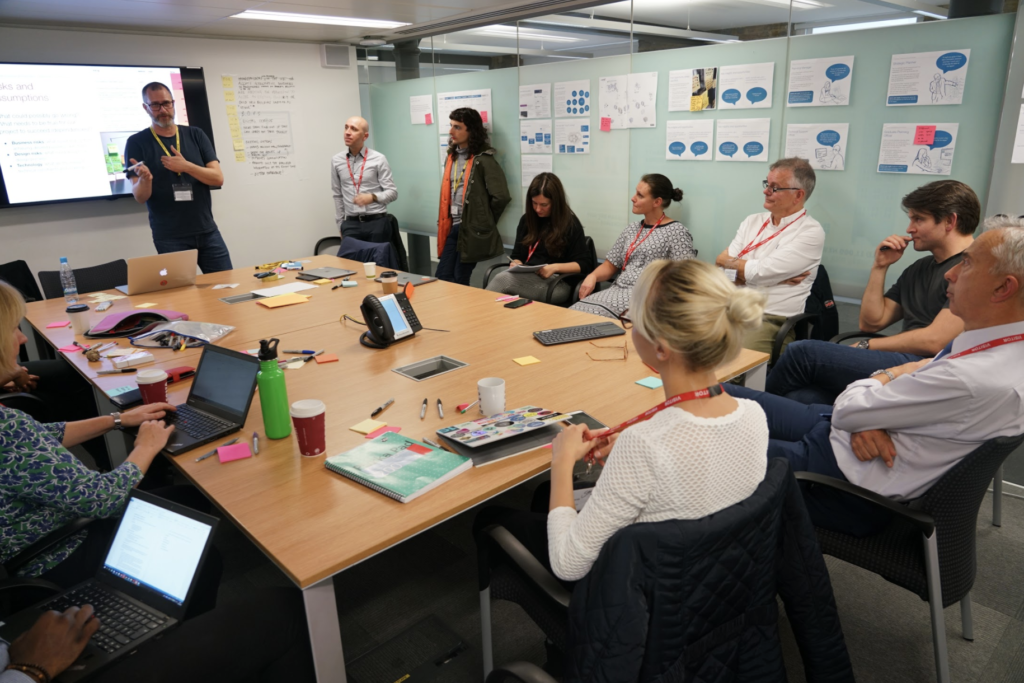Feedback
The project report provides an outline of design principles for a new back-office planning system. The principles are easy to understand and can be reused by any other council looking to improve their back-office planning system.
The report contains clear explanations of the problem and sets out how the BOPS system fits into the planning ecosystem. This is a useful way to set the context for why this work is being undertaken and in conjunction with the data structure map provides a good overview of the work being done by the project and in the wider sector.
The project team produced two prototypes, one from the perspective of a manager and one from a planner. The prototypes are well designed and on the whole comply with GOV.UK service manual. Building the prototypes in tools that allow for the code to be shared and the prototypes to be changed, rebranded and adapted as per local policies and rules would make the prototype more useful to the local government sector.
The produced business case is well costed and draws on a number of sources including council data and openly published articles. The report accounts for licensing costs and provides a plan for making the system financially sustainable. Some further evidence regarding the assumptions for transitions costs and time required would be beneficial, and is something we expect the team to cover in a future round of work.
Recommendations report provided by the project contain a good road map for future stages of delivery and any other projects that might be required for a front to back end to end system. To make the recommendations clearer, the project should consider adding detail on recommendations, lessons learnt and immediate next steps in addition to the long term vision.
The project team undertook user research and engaged 30 users in the process. To make the findings easier to interpret and understand who the key users are, the project should consider producing user personas based on user needs and characteristics, not job titles.
User research report shows how the prototypes were iterated in line with user research. This provides good evidence on how user needs were taken into account and met whilst developing the prototypes.

 UK Ministry of Housing, Communities and Local Government (MHCLG)
UK Ministry of Housing, Communities and Local Government (MHCLG) 